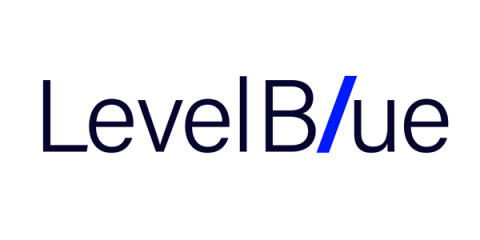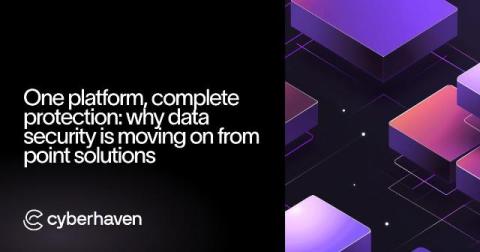Australian Cyber Security Strategy for Hardening
Australia aims to be the world leader in cyber security by 2030 using the Australian Cyber Security Strategy that was released on 22 November 2023. With the cost of cybercrime on Australian businesses growing by up to 14% per annum, the Cyber Security Strategy seeks to improve cyber security, manage cyber risks and better support citizens and Australian businesses to manage their cyber environment by using six cyber shields and actions to be taken.










